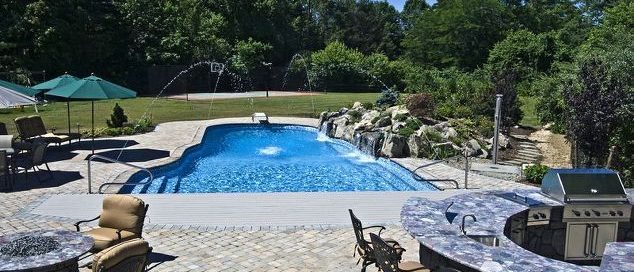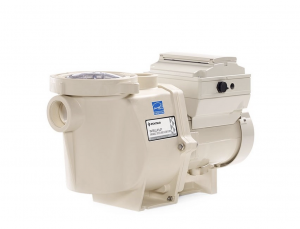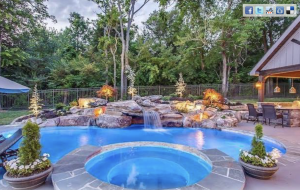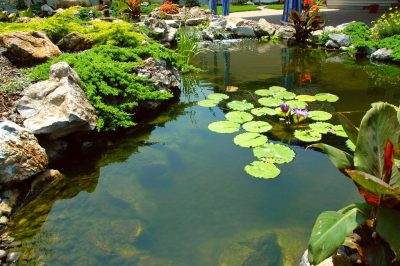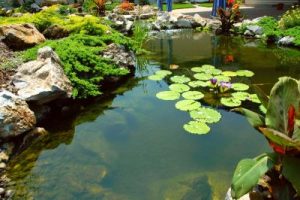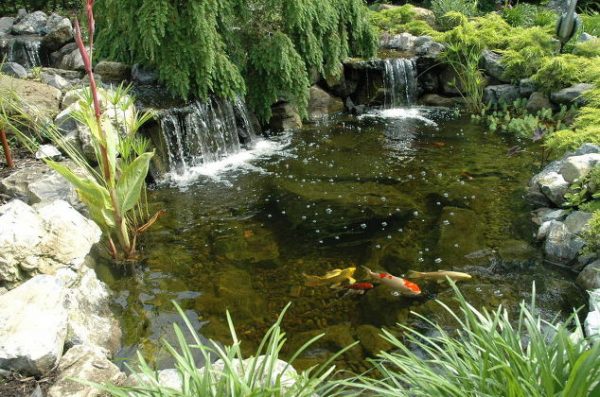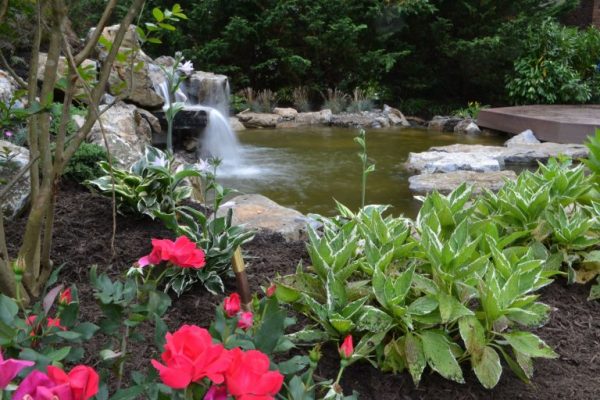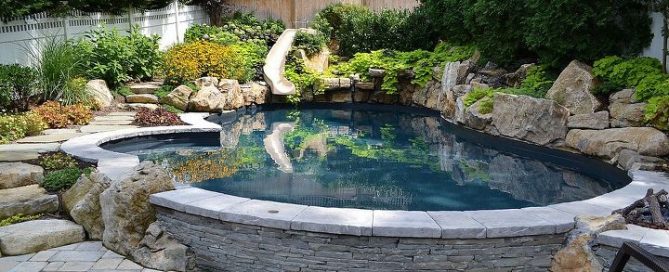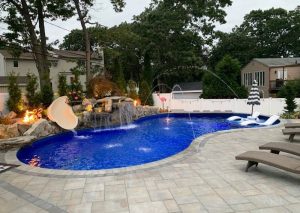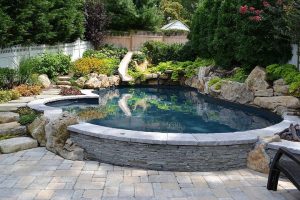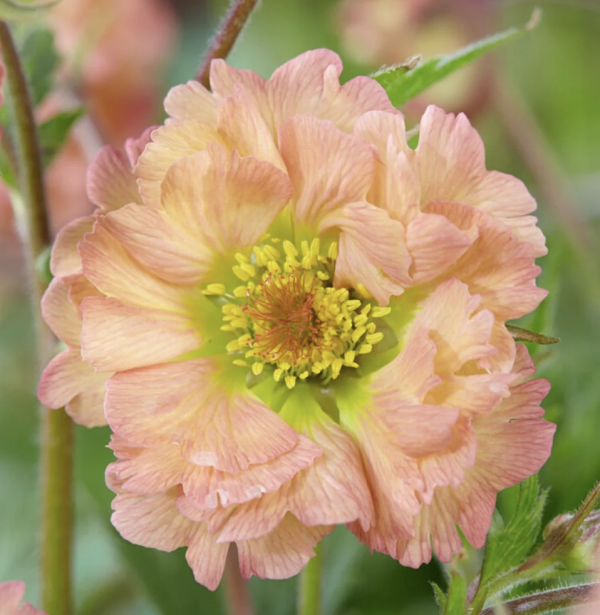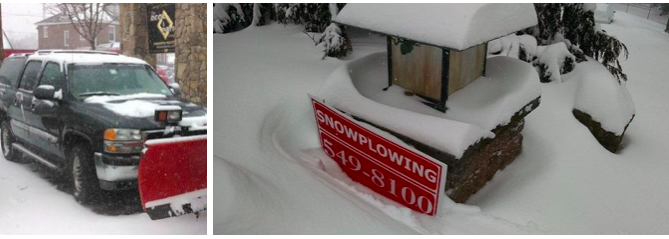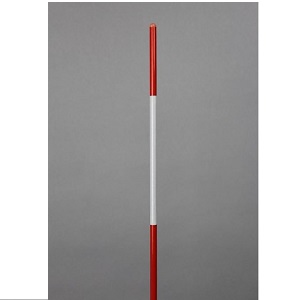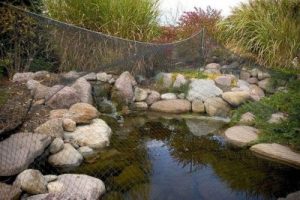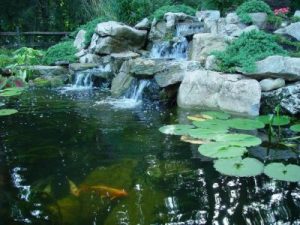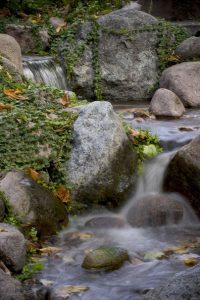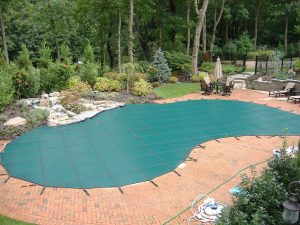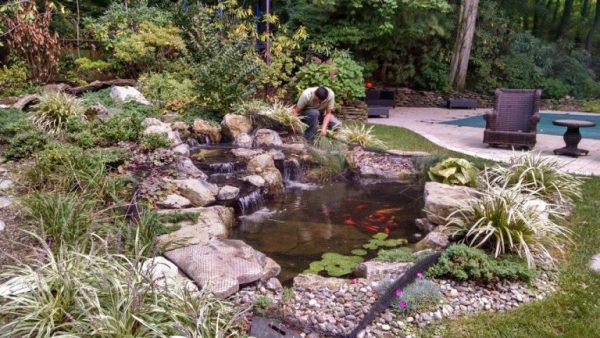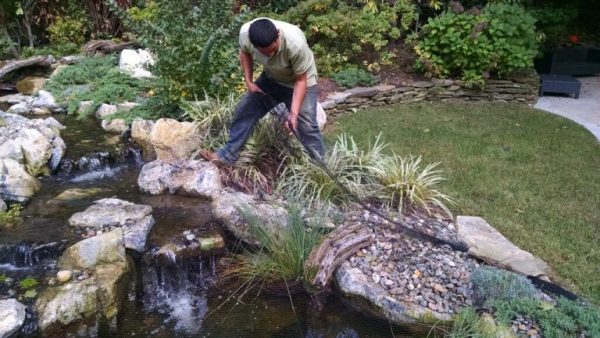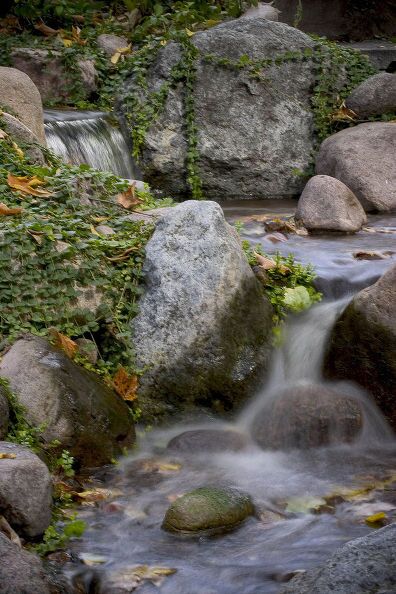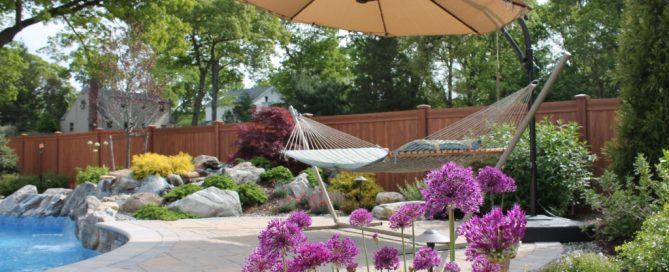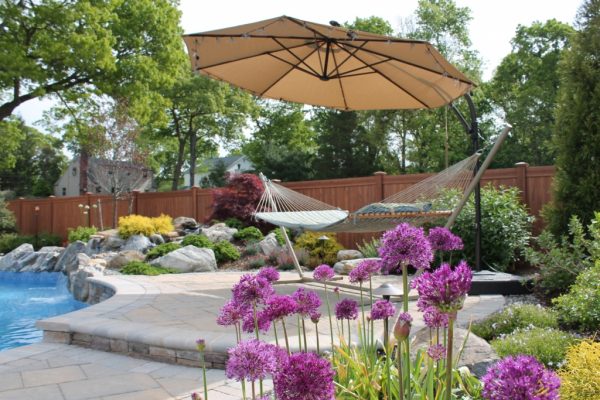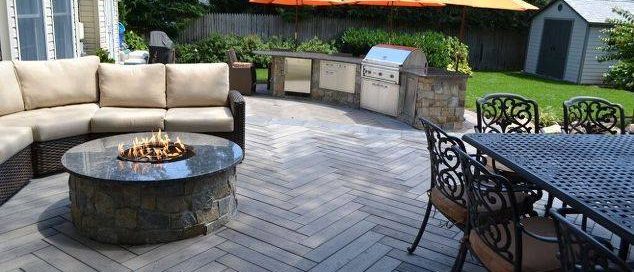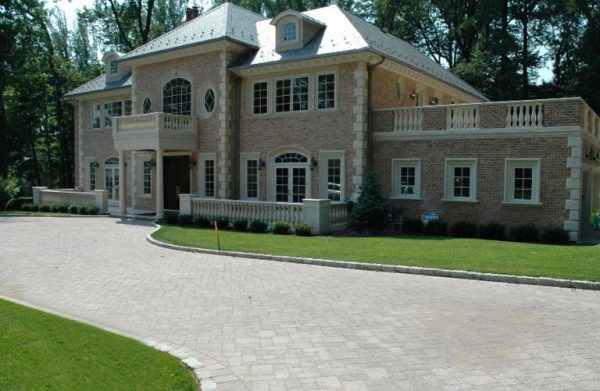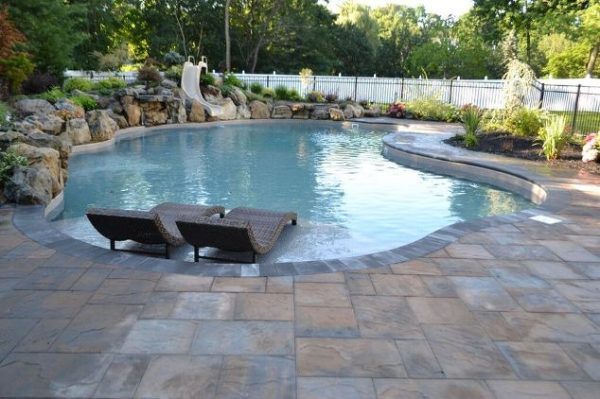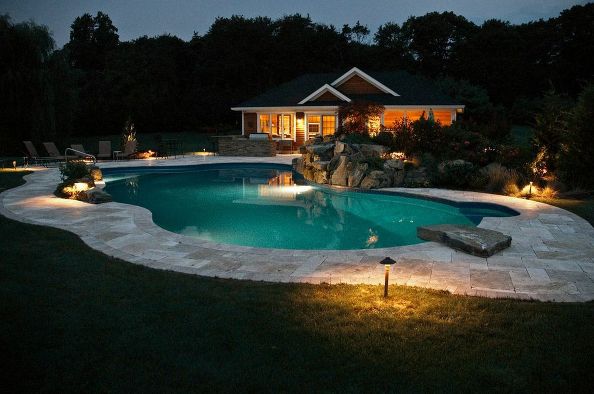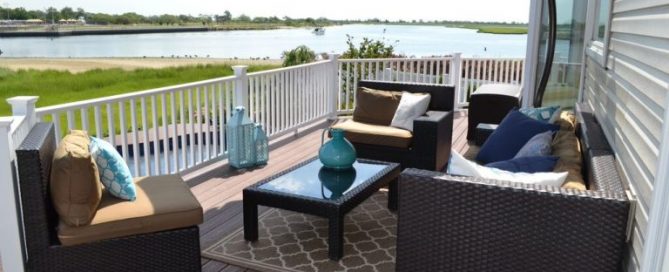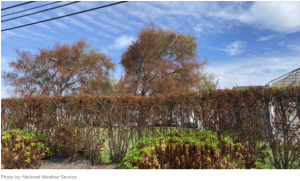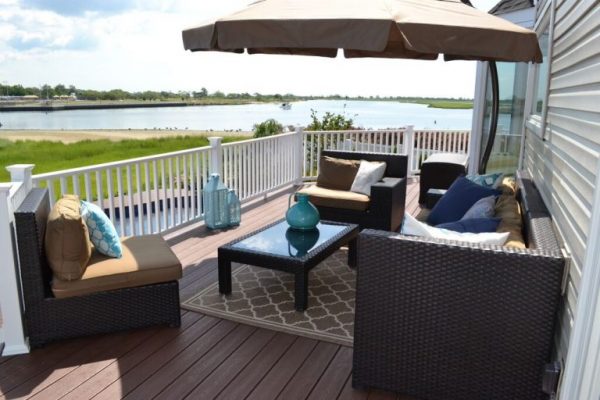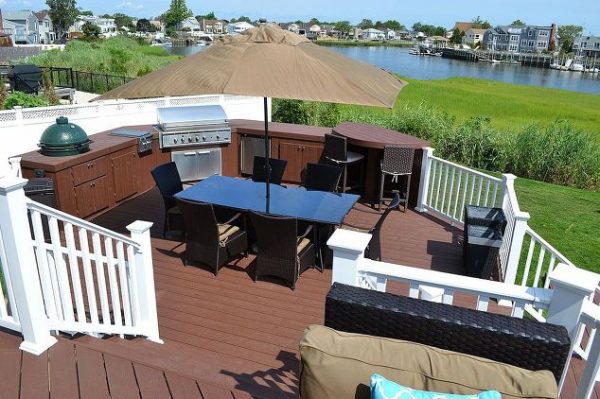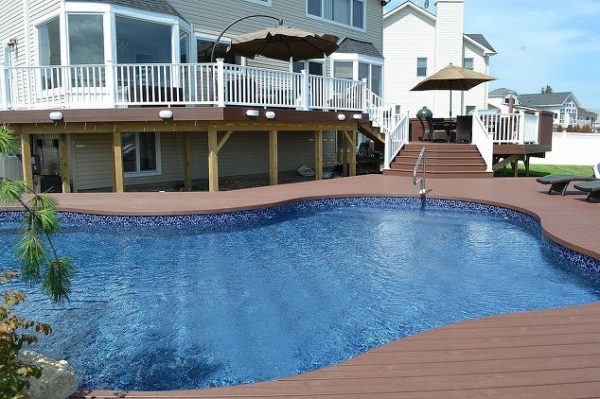After Labor Day Is Perfect Time to Plan Pool Upgrades
As Labor Day approaches families start thinking of closing down their pools for the year. This seasonal routine is also a great time to plan value-based ideas to upgrade your pool and pool area with your landscaper.
In-ground Pools
Pumps
It really doesn’t matter if your pool is gunite or vinyl, there is one easy way to upgrade and save big money say pool experts.
“Consider changing your current one-speed filter pump to an energy efficient variable speed pump,” says Dave Stockwell, owner of Deck and Patio.
“These pumps are so efficient that they can cut your energy costs to one sixth of what they currently are. There are several manufactures that offer these pumps including Pentair, Sta-rite and Jandy. And the cost of the new pump is paid back quickly — often in three years or less.”
Coping
Other upgrade ideas would be to simply change the coping, tile and color of your pool. In gunite, there are many color options in marbledusts, pebble finishes and even all-tile pools.
“Here (above) we added dramatic coping to a pool in Oyster Bay, NY. Our design called for installing the coping on the far side of the pool — flush with the lawn.”
Liners
In vinyl pools you can also change a staircase, add a bench or swim-out, change the coping, and of course change your old liner.
Liner color choices are almost limitless and it is amazing what a new liner does to an old faded pool as seen in this photo. There are even pebbled colored liners in a tan tone that make them look more like a gunite pool.
Pool Patio Surrounds, Waterfalls
Renovating around a pool, whether it’s in-ground or not, is sometimes easier than renovating the pool itself. It could be something as easy as fixing a settled or damaged patio.
Other ideas might be changing to a new patio material. Tip: Be sure to compact and install enough base to prevent future settling.
Another popular upgrade is adding a slide, spa, waterfalls, and water sprays (feature photo at top of page shows both sprays and falls). Tip: Insist on a rubber liner under the waterfall to ensure that it will be leak free for a long time.
Have a relaxing Labor Day Weekend…and, then, let’s get planning!

